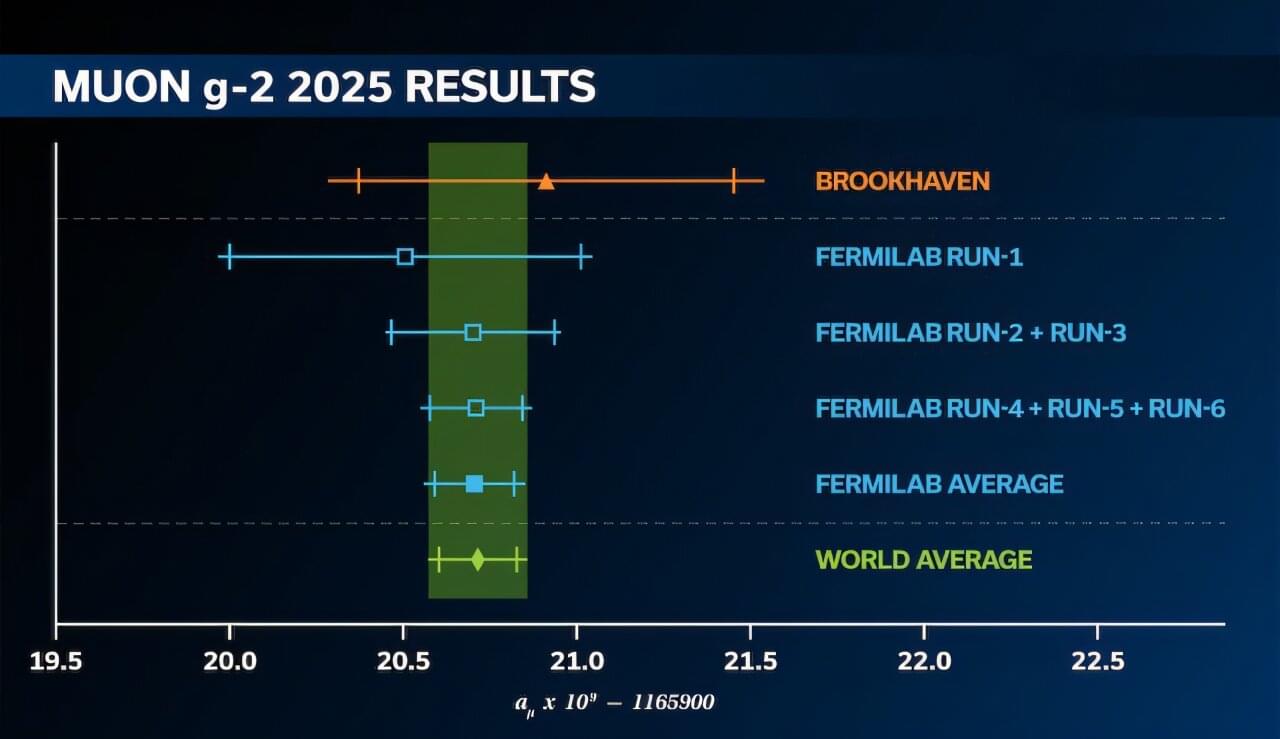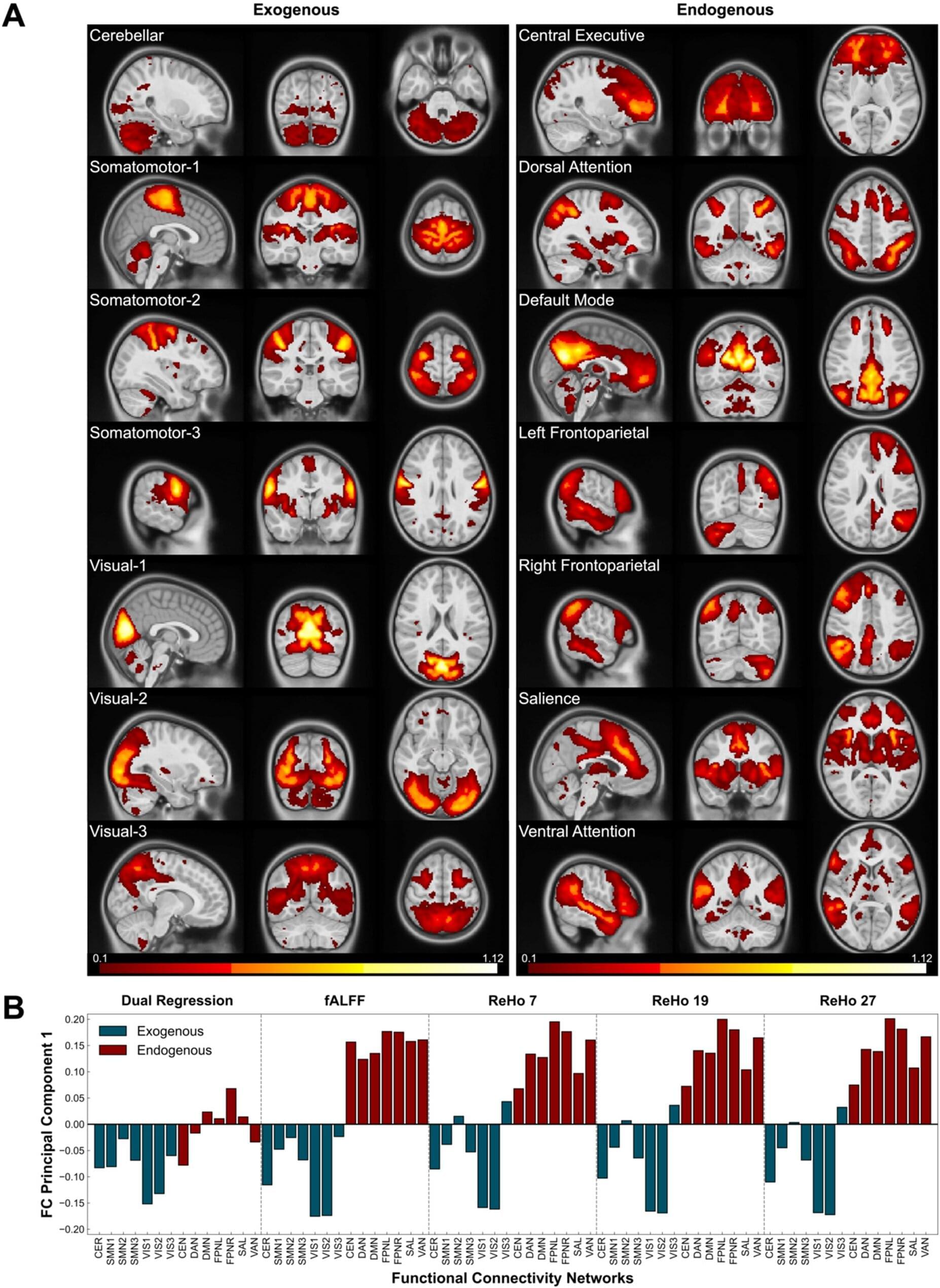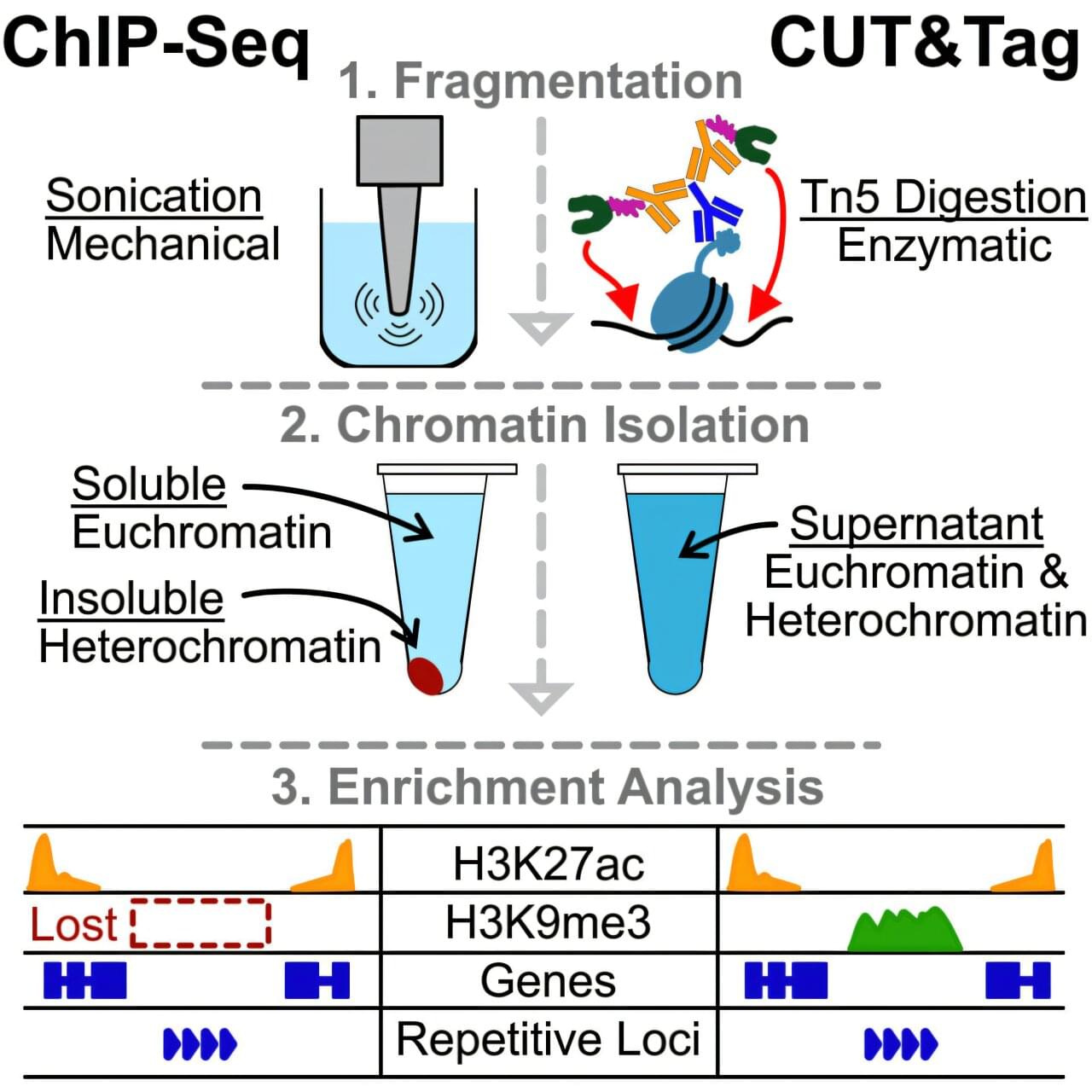At low temperatures, hydrogen atoms move less like particles and more like waves. This characteristic enables quantum tunneling, the passage of an atom through a barrier with a higher potential energy than the energy of the atom. Understanding how hydrogen atoms move through potential barriers has important industrial applications. However, the small size of hydrogen atoms makes direct observation of their motion extremely challenging.
In a study published in Science Advances, researchers at the Institute of Industrial Science, The University of Tokyo report precise detection of quantum tunneling of hydrogen atoms in palladium metal.
Palladium is a metal that absorbs hydrogen. Palladium atoms are arranged in a repeating three-dimensional cubic pattern, otherwise known as a lattice. Hydrogen atoms can enter this lattice by occupying interstitial sites between the large palladium atoms. These sites are octahedral and tetrahedral in shape. Hydrogen sits stably in an octahedral site and can hop to another octahedral site via a tetrahedral site, which is metastable, i.e., less stable than an octahedral site.









